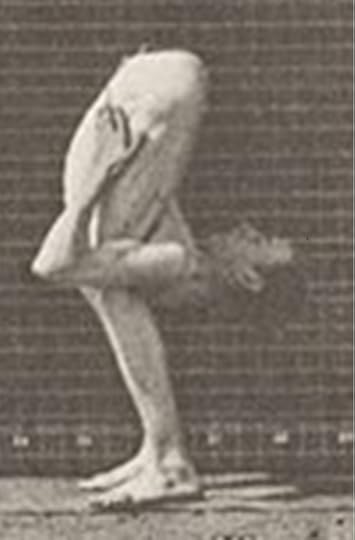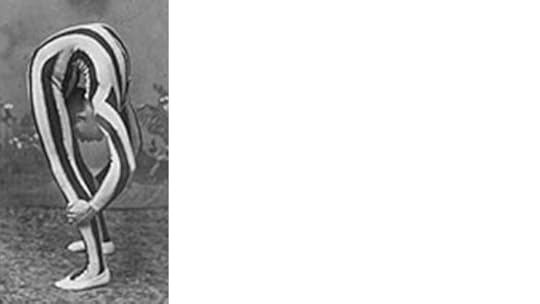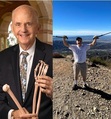Contortionism, Part III
I thought I was finished after Parts I and II, but then a former UCLA orthopedic surgery resident who is a spine specialist in Las Vegas sent me an intriguing journal article. A group of radiologists he knows obtained MRIs on five contortionists from a Mongolian circus school. The performers ranged in age from 20 to 49. The investigators used an “open” MRI machine, which is routinely used for individuals who are claustrophobic or too large to fit into the conventional tube-like “closed” machine. This allowed them to obtain images while the performers were in their extreme spinal positions, either bending backward or forward.
The MRIs showed that the extreme flexibility required for a performer to bend forward and put their shoulders between their knees or even behind them comes from extreme flexibility in their hips. The radiologists noted that the performers seemed comfortable in this position for long periods of time.

Going the other way, the flexibility required for a contortionist to lean backwards and touch the back of their head to their buttocks comes from flexibility in their neck and in their lower back. These performers can only hold this position for a few minutes before experiencing back pain.

Before you consider trying these postures, understand that the MRI studies also showed chip fractures off the edges of the vertebral bodies of the backbenders. The ligaments under extreme tension pulled off bits of bone rather than elongating. The older the performer was, the more spinal segments showed these injuries.
I obtained the two photos shown here from wikimedia.org -> contortionism, where many more are archived if you are interested. The first one here was taken by Eadweard Muybridge (1830-1904). You have probably seen his “electro-photographic investigation of consecutive phases” of a running horse. (Funded by industrialist and horse breeder Leland Stanford.) Those photos proved for the first time that there are phases during a gallop when all four of a horse’s feet are off the ground at the same time. Muybridge became fascinated by the technique and used it to photograph a wide range of other animals’ gait patterns, testimony to the durability and versatility of ligaments across the animal kingdom.
The post Contortionism, Part III appeared first on MuscleAndBone.Info.



